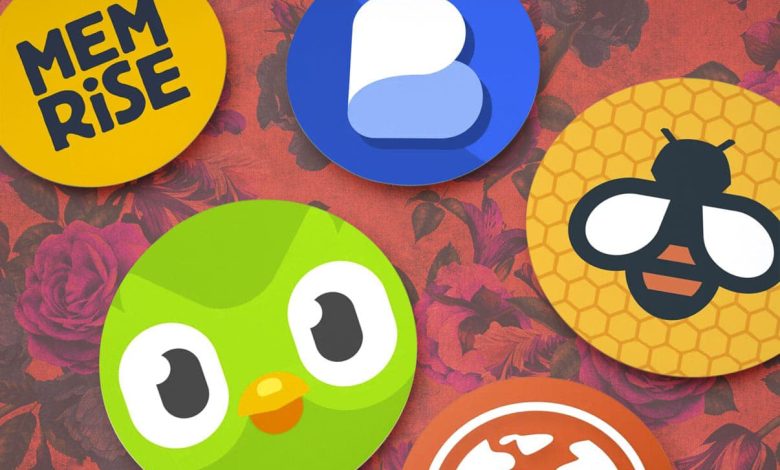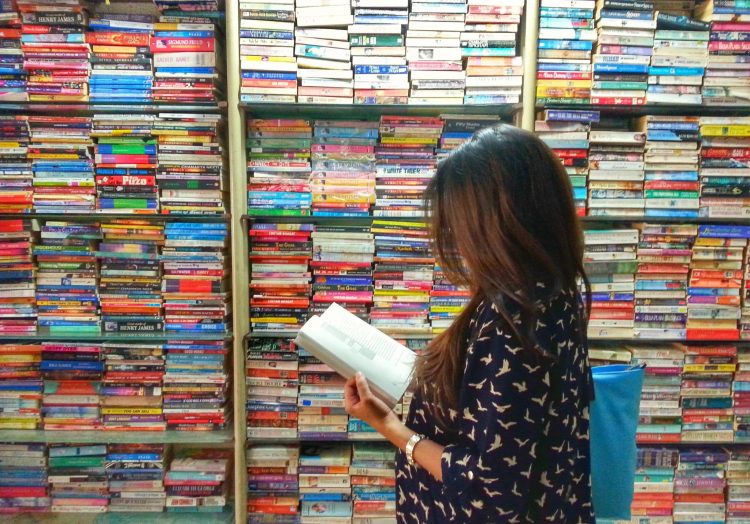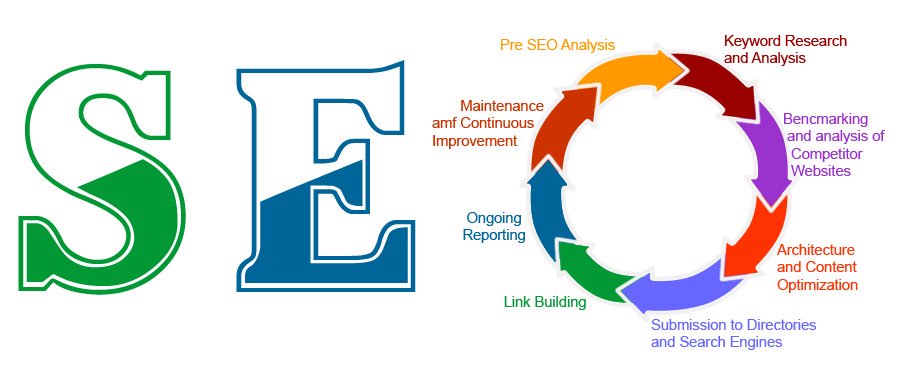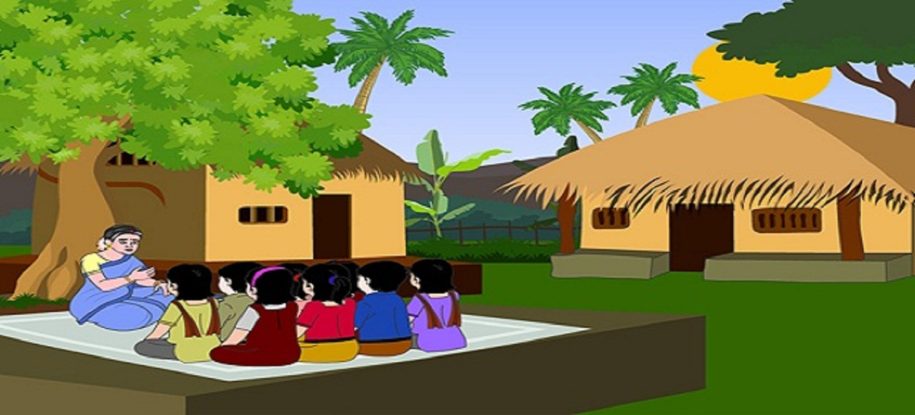
1. Duolingo
Best for: Beginners, daily practice, gamified learning
Duolingo turns language learning into a game. You earn points, unlock levels, and stay motivated through short, fun exercises.
Great for building a habit—even if you only have 5 minutes a day.
Languages available: 40+ including Korean, French, Spanish, Japanese, Hindi, German, and more.
Why it’s great:
Simple interface
Pushes you to stay consistent
Perfect for absolute beginners
2. Memrise
Best for: Vocabulary with native pronunciation and context
Memrise uses real videos of native speakers so you learn how people actually talk. It focuses on useful phrases, not textbook sentences.
Why it’s great:
Visual learners love it
Teaches accents and tone naturally
Helps you think in the language
3. Tandem
Best for: Speaking with real people, language exchange
Tandem matches you with native speakers of the language you want to learn—and in return, you help them with your native language.
Like a global language friendship app.
Why it’s great:
Real conversations
Cultural exchange
You learn slang, casual expressions, and confidence
4. HelloTalk
Best for: Texting, voice notes, and correcting each other’s language
Similar to Tandem, but more focused on writing and correcting. You can message people, share posts, and get feedback.
Why it’s great:
Built-in correction tools
Safe and supportive community
Great for shy learners who prefer texting
5. Anki (with shared decks)
Best for: Memorizing vocabulary through flashcards
Anki is a flashcard app with a smart spaced repetition system. You can download ready-made language decks created by others or make your own.
Why it’s great:
Helps you remember new words long-term
Ideal for serious learners
Works even offline
6. LingQ
Best for: Reading and listening to real content (articles, podcasts, stories)
LingQ lets you learn by immersing yourself in real-world content, and it tracks every word you know.
Why it’s great:
Learn naturally through context
Great for intermediate learners
Builds strong reading skills
7. BBC Languages & YouTube Channels (Honorable mention)
While not apps, these are free goldmines. Many public broadcasters offer free language learning content.
And YouTube is full of native speakers, grammar explainers, and practice channels—just search your target language + “lessons.”
Final Thought: You Don’t Have to Learn Perfectly, Just Consistently
Don’t try to master everything at once. Pick one app, stick with it for a few weeks, and build a small habit.
10 minutes a day is enough to get started.
Mistakes are part of the process.
And yes—you can do this, for free.










